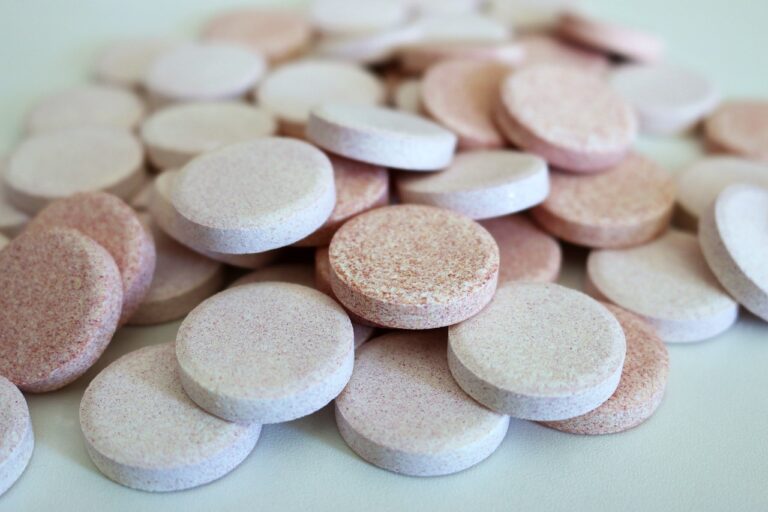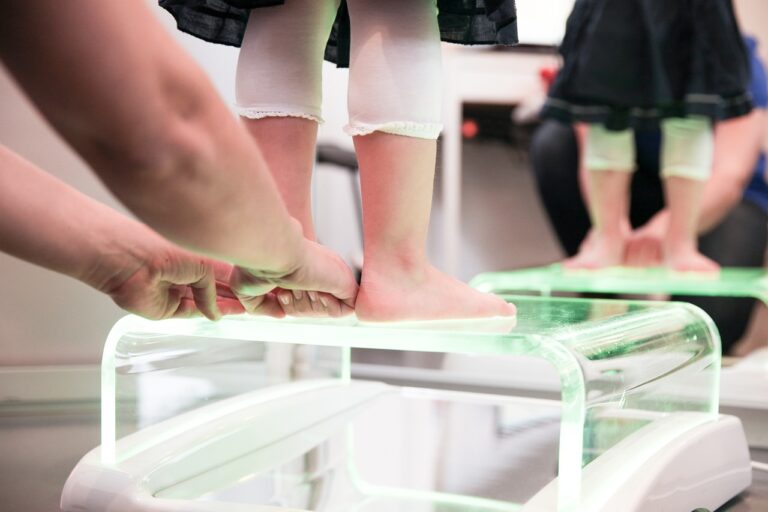The Benefits of Regular Exercise for Cardiovascular Health
Physical activity is key to maintaining a healthy heart. Regular exercise can help strengthen the heart muscle, improve blood flow, and lower blood pressure, reducing the risk of heart disease and stroke. Engaging in physical activity also helps to control weight, lower cholesterol levels, and improve overall cardiovascular health.
Incorporating exercise into your daily routine doesn’t have to be daunting. Even small changes, like taking the stairs instead of the elevator or going for a brisk walk during breaks, can make a significant impact on your heart health. Aim for at least 150 minutes of moderate-intensity exercise each week to keep your heart strong and healthy.
The Relationship Between Exercise and Improved Blood Circulation
Regular physical activity plays a crucial role in improving blood circulation throughout the body. When you engage in exercise, your heart pumps more efficiently, helping to push oxygen-rich blood to all parts of the body. This enhanced circulation delivers essential nutrients to your organs and muscles while carrying away waste products, promoting overall cardiovascular health.
In addition to aiding in the efficient distribution of oxygen and nutrients, exercise also helps to strengthen the walls of blood vessels. As you engage in physical activity, the force exerted on the walls of your arteries causes them to expand and contract, improving their flexibility and function. This increased flexibility not only enhances blood flow but also reduces the risk of developing conditions such as atherosclerosis, which can lead to serious cardiovascular issues.
How does physical activity improve blood circulation?
Physical activity helps to strengthen the heart, which in turn improves its ability to pump blood efficiently throughout the body. This increased circulation delivers more oxygen and nutrients to the body’s tissues.
What are some specific exercises that can help improve blood circulation?
Aerobic exercises such as running, cycling, swimming, and brisk walking are all great for improving blood circulation. Strength training exercises can also help by increasing muscle mass and overall cardiovascular health.
How often should I exercise to see improvements in blood circulation?
It is recommended to aim for at least 150 minutes of moderate-intensity exercise per week, or 75 minutes of vigorous-intensity exercise. Consistency is key in seeing improvements in blood circulation.
Can exercise help prevent conditions related to poor circulation, such as peripheral artery disease?
Yes, regular exercise can help prevent conditions like peripheral artery disease by keeping the blood vessels clear and the heart healthy. It can also help manage symptoms for those already diagnosed with the condition.
Are there any risks associated with exercising for improved blood circulation?
As with any physical activity, there is a risk of injury if proper precautions are not taken. It is important to start slowly, warm up properly, and listen to your body. If you have any underlying health conditions, it is advisable to consult with a healthcare provider before starting a new exercise routine.





